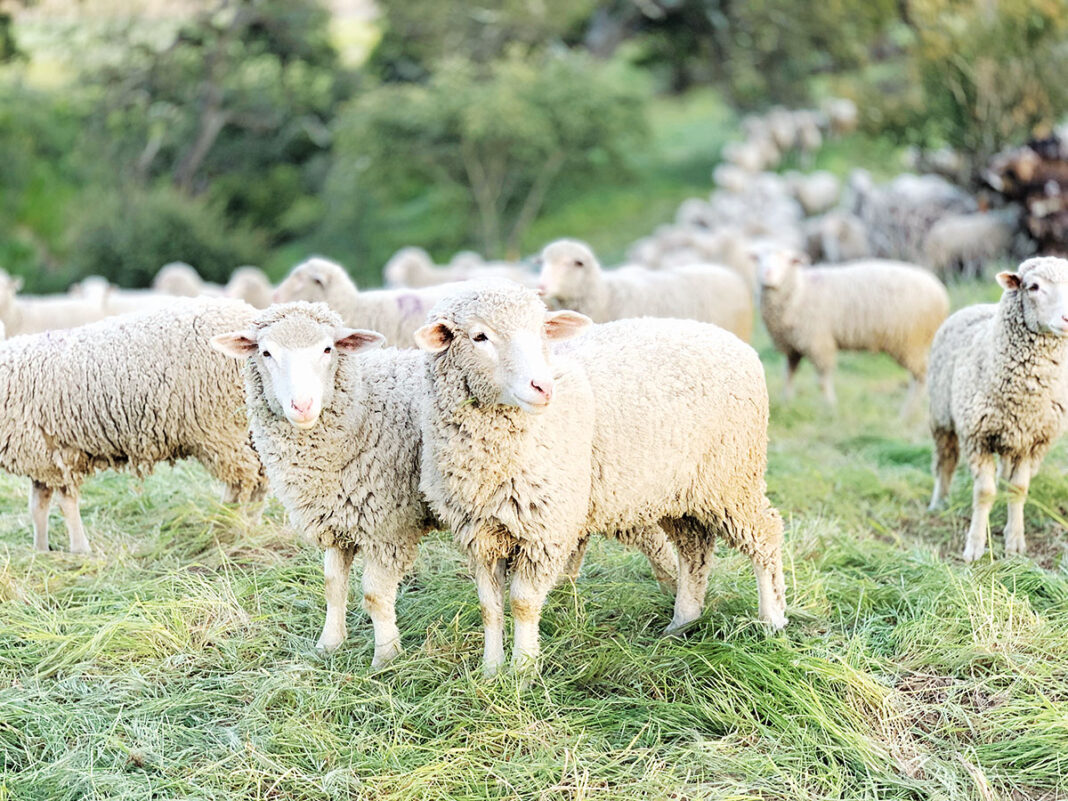Sheep producers are being advised to monitor sheep for lameness following the exceptionally wet spring across large parts of South Australia, with 20 cases of footrot detected since September.
Animal health staff from the Department of Primary Industries and Regions (PIRSA) have investigated more than 30 reports of lameness in sheep flocks since September, with different causes identified, many because of ongoing wet conditions which are expected to create multiple challenges for sheep producers.
Close to half of the reports of lameness were due to footrot, a contagious bacterial disease which causes inflammation of the skin and hoof which can cause significant economic loss to producers.
It is a notifiable disease and suspicion of any form of footrot must be reported immediately.
Reports should be made to either the Emergency Animal Disease Watch Hotline 1800 675 888; a private veterinarian; or a local animal health adviser.
Visit www.pir.sa.gov.au/footrot for more information about footrot and management of the disease.
During the ongoing wet conditions, producers are reminded that footrot is not the only thing to be on the lookout for.
The wet weather brings risks of conditions like mycotic dermatitis (dermo) and flystrike.
The Footrot Management Program for South Australia is funded through the Sheep Industry Fund Board of Livestock SA.
South Australia’s Footrot Program Manager Chris van Dissel said PIRSA animal health staff had seen quite a number of new footrot detections through spring, though they were also identifying other causes of lameness in sheep flocks, caused by prolonged exposure to wet ground and pasture.
“It is particularly important for sheep producers in areas not normally prone to wet springs to be observing sheep for lameness.
“Conditions like footrot can go unnoticed for long periods in drier areas and only become obvious during abnormally wet spring/summer when conditions favour development of disease,” he said.
“I expect new detections to continue well into summer across state due to ongoing wet conditions.
“We are also seeing an increase in lameness caused by other issues such as shelly toe, foot abscess and strawberry footrot (a bacterial infection linked to the bacteria that causes lumpy wool or dermo).
“With widespread rainfall across most sheep producing areas through spring, we are receiving increased reports of symptoms not just relating to lameness but also dermo, flystrike, delays in crutching and shearing due to wet sheep and the inability to transport and market sheep due to boggy tracks and yards on farm.
“For any contagious disease, whether it is an exotic like Foot and Mouth Disease (FMD), a notifiable like footrot or something common like foot abscess, the key is early detection, prevention of spread and effective control.”
Mr van Dissel said Australia was free of FMD but there was a heightened risk here due to detections in Indonesia.
“It is now more important than ever to observe sheep for signs of lameness or any other suspicious symptoms and report early to your vet or PIRSA for an accurate diagnosis,” he said.




